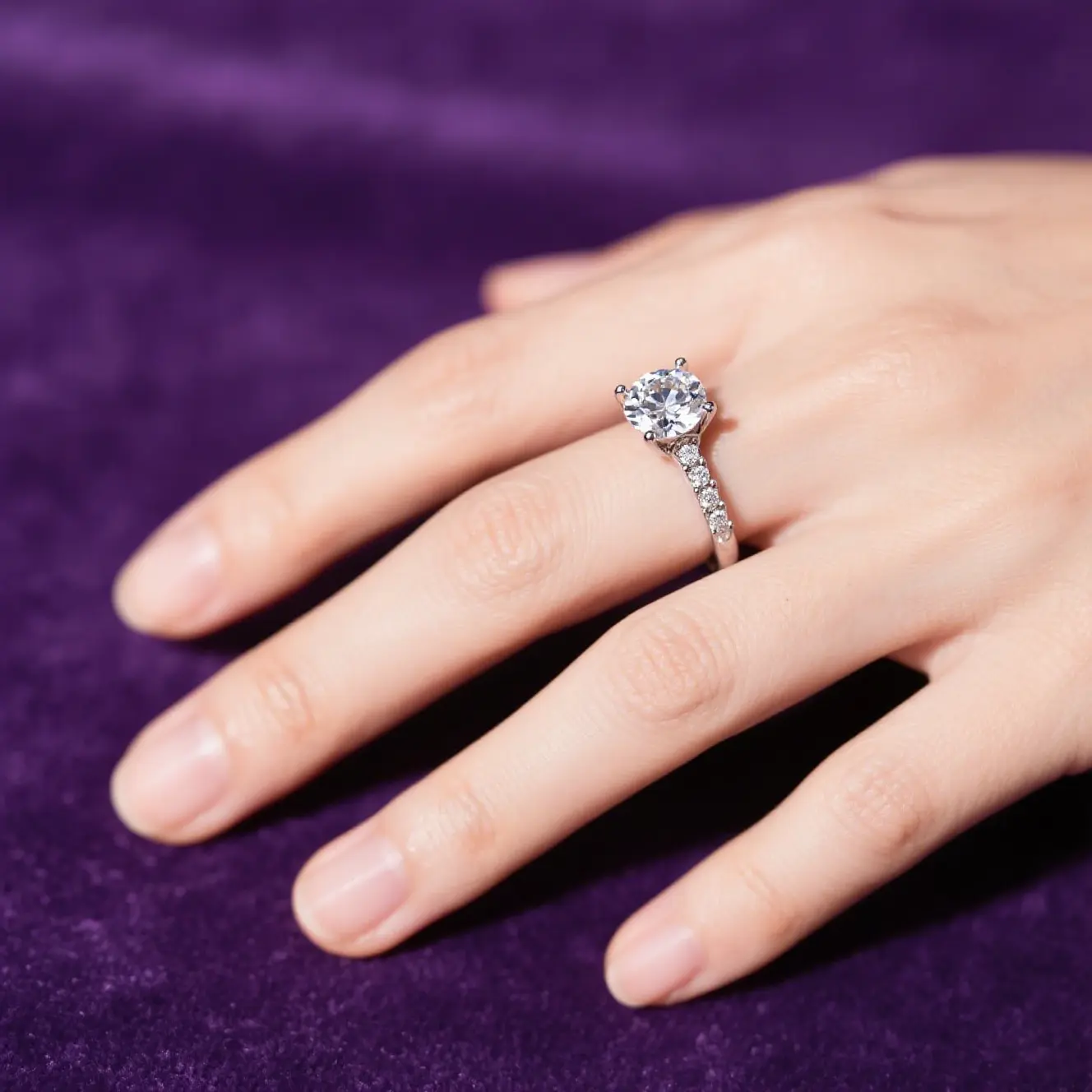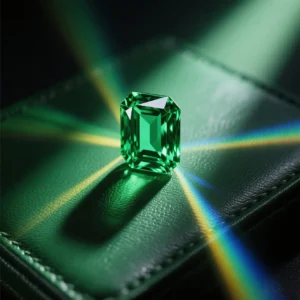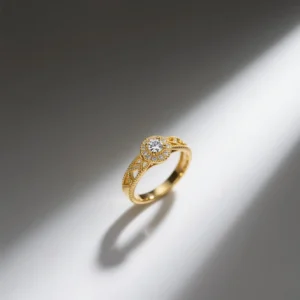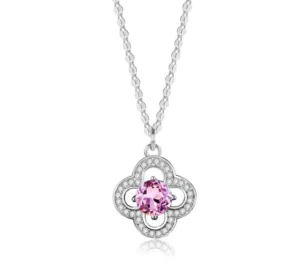Choosing the right ring is both an art and a science. Whether you’re shopping for yourself, surprising a loved one, or designing a custom piece, understanding ring sizes and carat preferences ensures a comfortable fit. Let’s break down the essentials—from sizing fundamentals to engagement ring trends.
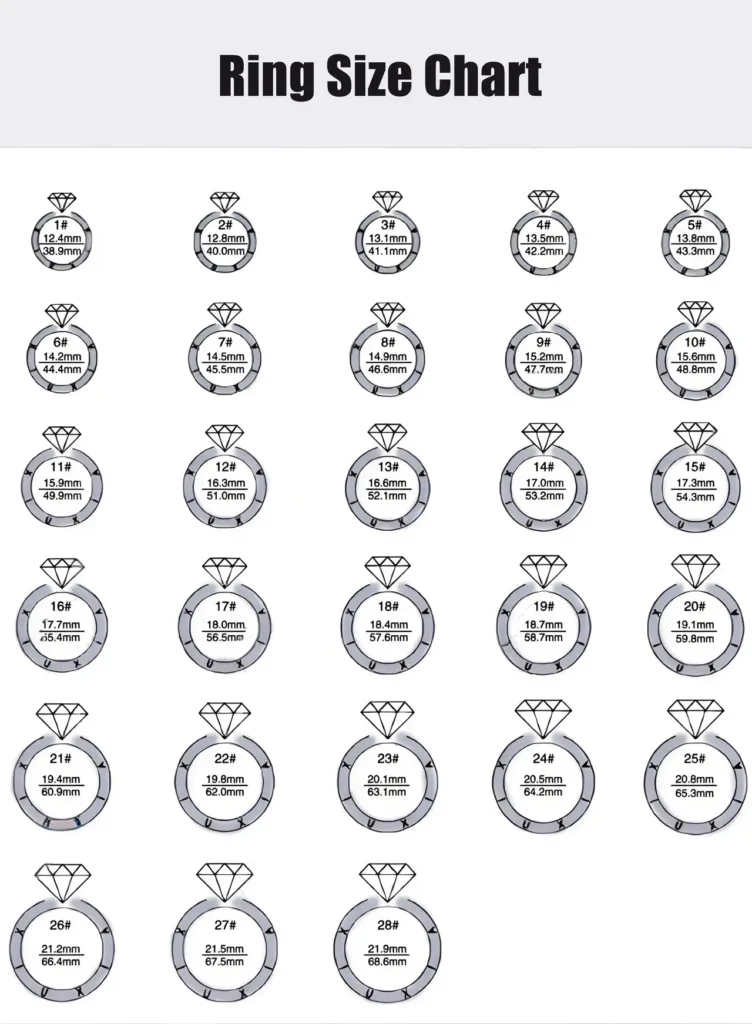
What is Ring Size?
Ring sizing is a universal system that ensures jewelry fits comfortably, stays securely in place, and complements your finger’s proportions. This measurement, crucial for both wearer satisfaction and visual appeal, is determined by measuring either the finger’s circumference (the distance around the finger) or the inner diameter (the width of the ring’s band).
Interestingly, sizing standards aren’t universal – they vary significantly across regions and measurement systems:
- Circumference: Measured in millimeters (mm) or inches.
- Diameter: Typically in mm, often used in Europe.
- Sizing Numbers: Numerical codes (e.g., US sizes 4–13.5) derived from circumference/diameter conversions.
How to Measure Ring Size?
There are two common methods for measuring ring sizes. Regardless of which measurement method you choose, some factors may affect the accuracy of the results, such as pregnancy edema, size fluctuations after weight loss, or temperature changes (measurements taken in summer will be larger than those taken in winter).
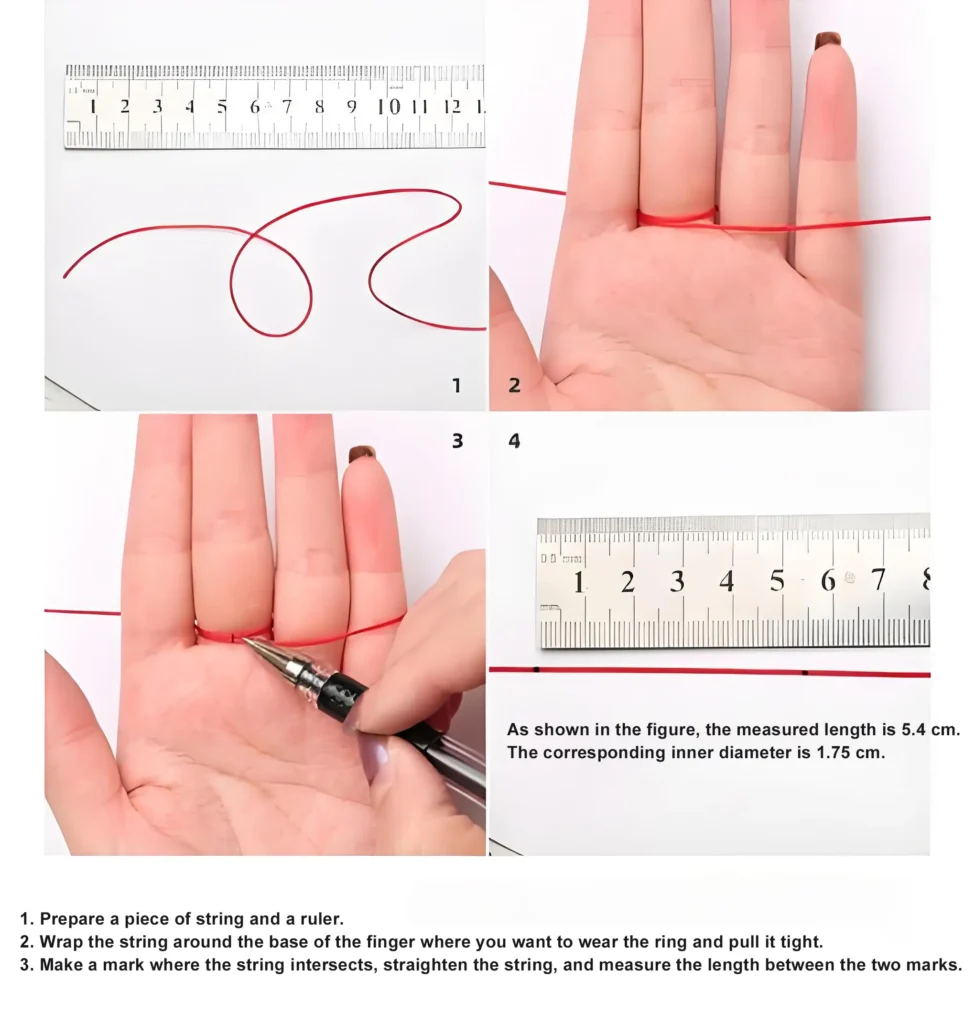
Measure at Home
Tools: String, paper strip, or ruler.
Steps:
- Wrap the string around the base of your finger.
- Mark the overlap.
- Measure the length
Critical tips: Measure knuckles—if wider than base, size up.
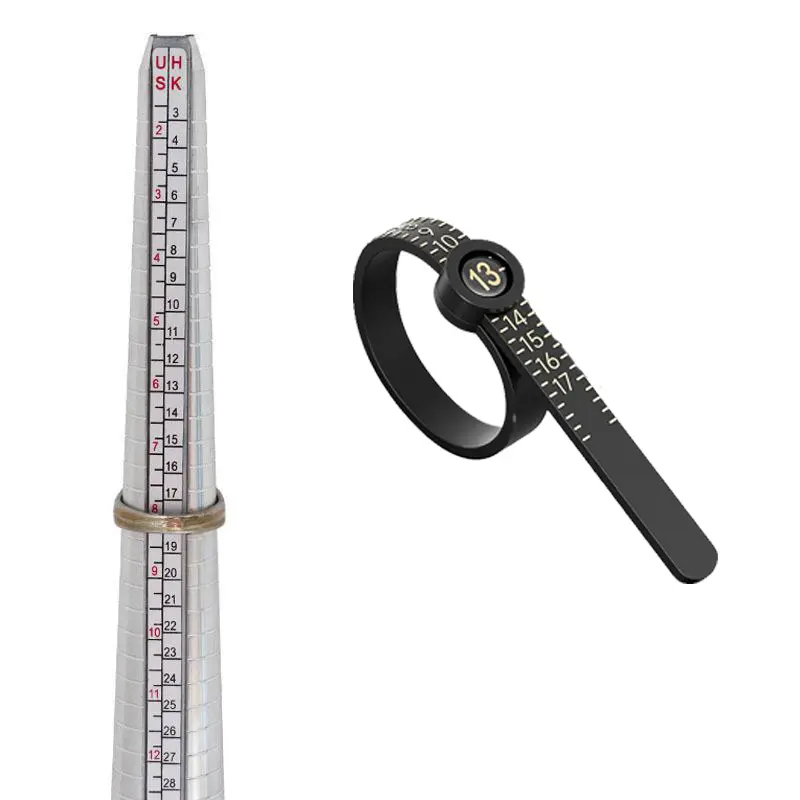
Professional Sizing
Jewelers use ring sizers (metal/plastic tools with graduated sizes) for accuracy. This is recommended for critical purchases like engagement rings.
Most Common Ring Size for Women
The average ring size for women typically ranges between #6 and #7 in US sizing, with size 6 being the most frequently purchased. Sizes are usually smaller for Asian (e.g., #4–#6) and European women often lean toward sizes 45–48 mm circumference.
Average Male Ring Size
Men’s rings most commonly fall in the #9–#10 range (US sizing), with size 10 dominating purchases. Wider bands (e.g., 6–8 mm) may necessitate sizing up by half a size for comfort. Athletes or manual laborers may need larger sizes (e.g., #11–#13) to accommodate finger swelling.
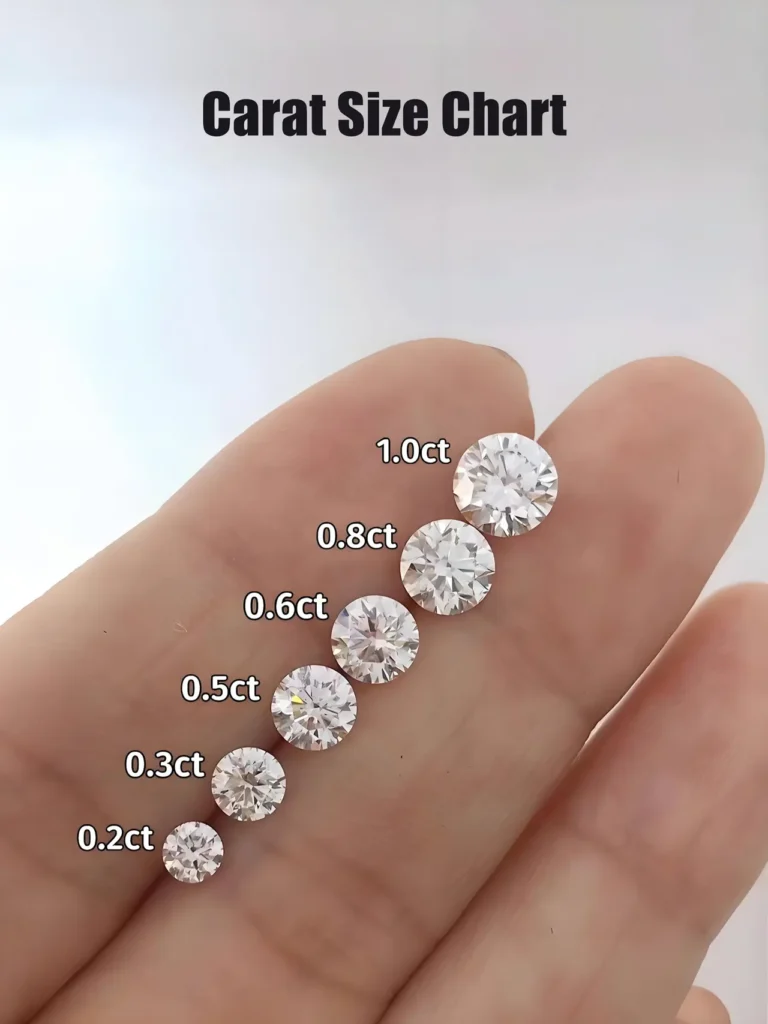
Average Carat Size for Engagement Rings
Engagement ring carat preferences strike a balance between sentiment and practicality. Globally, most opt for 1.0–1.2 carats, though regional tastes diverge: North Americans favor 1–2 carats for bold sparkle, Europeans prefer 0.5–0.9 carats for understated elegance, and Asia’s rising middle class drives demand for 1–1.5 carats.
Budget-wise, a 0.9-carat diamond saves ~30% versus a 1.0-carat diamond but looks nearly identical, perfect for balancing dreams and practicality.
สิ่งที่นำกลับบ้าน
Choosing the perfect ring blends precision and personal touch. A halo setting can elevate smaller stones to rival a 1.0-carat solitaire, offering visual impact without overspending. And always account for knuckle width and seasonal finger fluctuations
Consult our jewelers for custom designs, ensuring perfect proportion and comfort. For bespoke solutions, explore our ring collections or utilize our บริการออกแบบตามความต้องการ to achieve both ideal fit and personal significance.

